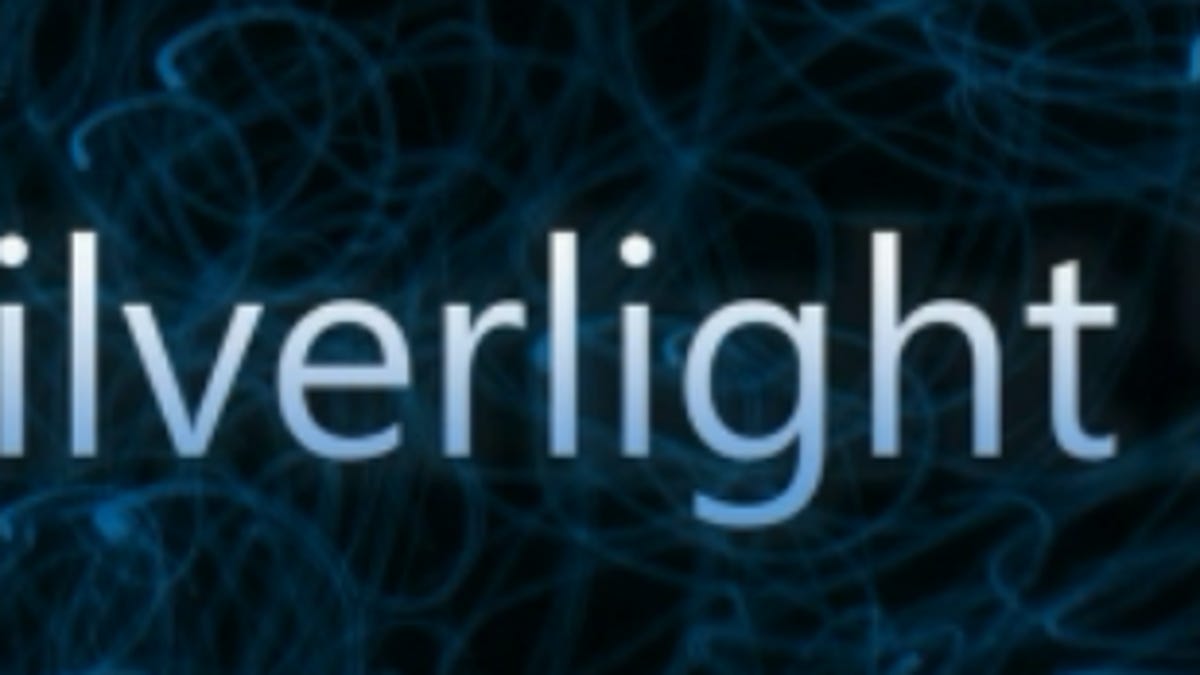Silverlight 5 to bring media boost, windowed apps
Microsoft's next iteration of Silverlight brings with it some big improvements to media handling and power efficiency. It also promises to make it easier, and faster to build apps.

Microsoft today unveiled the next iteration of its Silverlight technology, Silverlight 5, which the company said will improve things like media playback and the time it takes to develop applications, along with adding support for 3D and hardware acceleration.
"There's been a lot of angst on this topic in the last few weeks," Scott Guthrie, corporate vice president for Microsoft's developer division, told attendees of the company's Silverlight-focused Firestarter event at its headquarters in Redmond, Wash. "Let me say upfront that there is a Silverlight future, and we think it's going to be a very bright one."
Questions arose as to Microsoft's commitment to Silverlight development back in late October at the annual Professional Developers Conference, where there was little talk of the runtime. Instead, a sizable focus of the keynote went over how the company was building in faster, and more robust HTML5 compatibilities into Internet Explorer. Microsoft quickly responded to concerns by saying that the technology was still a very important part of the company's development efforts, and later offered up a free, Silverlight-focused Firestarter event as "just like an extra day of PDC, dedicated to Silverlight."
Guthrie explained that while Microsoft was focusing heavily on HTML5, it was just one piece of the developer puzzle, and that technologies like Silverlight and the Windows Presentation Foundation (WPF) made up a technology portfolio. "Each one has its own strengths and weaknesses," Guthrie said. "The flexibility of having each of these is a strength of this platform."
As for what's next for Silverlight, Guthrie detailed some of the new features coming to version 5, which the company says will arrive in beta form in the first half of 2011, with a final release later in the year. The company polled users and developers alike using an idea submission and voting page that had some of the most-voted on features rising to the top. Guthrie said more than 21,000 votes had been cast, and that the company had built about 70 percent of those voted-on items into Silverlight 5.
New to Silverlight 5 will be extended support for high-definition video content, with support for hardware video decoding. This offloads some of the processing power for decoding an HD movie from the CPU to the GPU. Guthrie promised that this would let end users stream 1080p video on something like a Netbook, as well as save battery life along the way. It also paves the way for 3D Web applications, such as games or interactive interfaces with the use of a new GPU-accelerated 3D API.
Silverlight 5 will also include a playback tool called Trickplay, which adds variable speed playback to audio and video. This will let users speed up or slow down the media they're ingesting without affecting things like pitch. As Guthrie joked, the technology will give people stuck having to watch recorded video or audio transcripts at work a faster way to get through them and get on with their day.
Other media tweaks include support for remote controls, DECE-approved content protection, as well as a new power management feature that can tell when you're watching a video, so it won't let the screensaver turn on. The feature also works the other way, so if you've paused something you're watching, it now knows, and can re-enable your power saving settings.
As for improvements to what developers can do with their applications, Silverlight 5 will let desktop applications span into multiple windows--something Microsoft said had been the top-requested feature. This effectively lets desktop Silverlight apps perform more like traditional software applications.
Also new is support for low-latency networking, which Guthrie explained as being important for applications such as stock trackers, where data may be needed in real time. Version 5 also adds support for data binding debugging, which Guthrie promised would speed up bug hunting on large and complex code structures.Matching the push for advanced typography on the Web, Microsoft has added some improvements to text and printing in Silverlight apps. There is now support for OpenType fonts, as well as multi-column text flow, so that text can go across the page much like you'd find in a desktop publishing application. On that same note, Silverlight 5 adds an API for rich vector printing, so that whatever you print from an application looks just like what you're looking at on-screen.
Guthrie did not give a precise date for when the software would be placed in developers hands beyond saying that the first public beta would arrive in the first half of 2011. He also noted that the final features for version 5 were still being worked on. In the past, Microsoft has unveiled new versions of the software at its design-focused MIX conference, where Silverlight first made its debut. However, version 4 was introducedas part of last year's PDC event, before being finalized in April.

